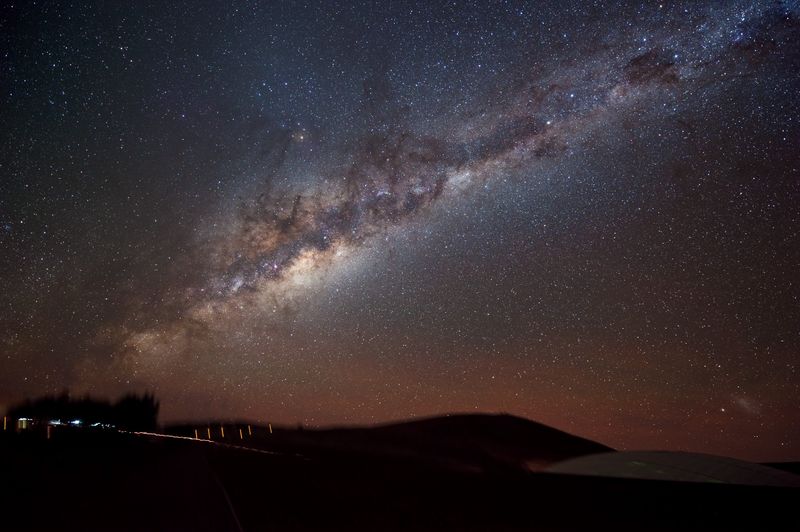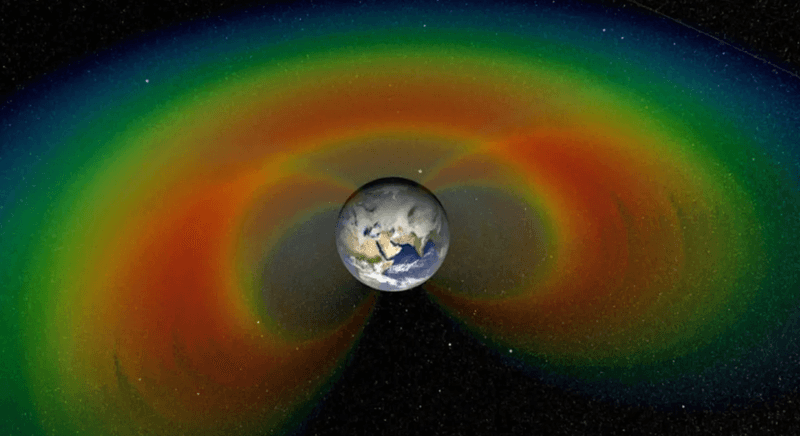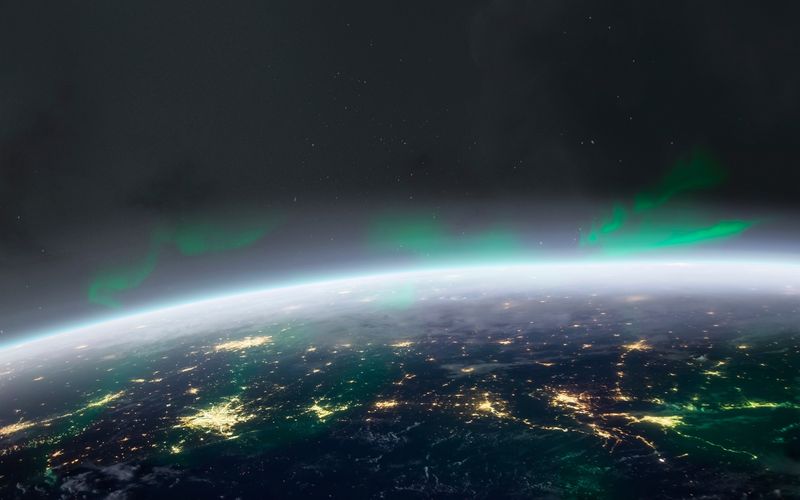Scientists have found some tantalizing evidence that the closest star cluster to the Sun is being gravitationally disrupted. This preliminary finding, reported in Astronomy & Astrophysics, suggests that the cluster encountered a massive unseen structure hundreds of millions of years ago. That’s when the ripping apart begun.
The star cluster in question is known as Hyades. It is located 153 light-years away, and it can be seen as a V-shape distribution of stars at the head of the constellation Taurus. Telescopes have revealed a lot more stars, and that this group of gravitationally bound stars is about 60 light-years across. But the cluster used to have thousands more stars, according to the new work.
Using the European Space Agency’s Gaia satellite, astronomers across the world have been able to create the most accurate maps of the stars in the Milky Way. Thanks to precise positions and velocities, researchers can work out not only where stars are but also where they have been and will be.
Thanks to this, the team that works on Hyades was able to discover something not seen before in star clusters: tidal tails. In a collision between galaxies, we often see some of the material arranging itself in a long tail stretching from one object to the other. This was believed to be the case for star clusters too. Some stars will be pushed ahead due to the gravitational effects of other stars, and others will stay behind.

Thanks to computer models simulating the cluster and data from Gaia, the team was able to identify these tidal tails in a star cluster for the first time, locating thousands of stars that used to belong to the cluster, now stretching across tails 2,600 light-years in length.
Unexpectedly though, the trailing tidal tail has a lot fewer stars than expected. The team believes that this is not a case of a 700-million-year-old cluster slowly falling apart – the cluster must have hit something big.
“There must have been a close interaction with this really massive clump, and the Hyades just got smashed,” lead author ESA Research Fellow Tereza Jerabkova said in a statement.
Currently, there is no clear suspect. A large gas cloud or another star cluster could be responsible, but nothing in the current vicinity can be pointed at as the culprit. Another possibility is that this was caused by a dark matter sub-halo. Dark matter is a yet-to-be-confirmed substance that is supposed to surround and inhabit galaxies. It is invisible but massive, so it could potentially end up in a big loose lump, and interact with the star cluster.
More observations are necessary, but the work shows just how impactful Gaia’s role has been in expanding our understanding of the galaxy.
“With Gaia, the way we see the Milky Way has completely changed. And with these discoveries, we will be able to map the Milky Way’s sub-structures much better than ever before,” added Dr Jerabkova.




